Speeds before and after the change
Now let's look at the fan speeds before and after our small, surgical intervention. Even if they should have been lower with the original BIOS, the fan speeds in the 90°C range are beyond good and evil. Only when the card runs to the 83°C limit, the speeds remained moderate. Only then only 1519 MHz are attached and the card is starving itself at 112 watts of power consumption a branch.
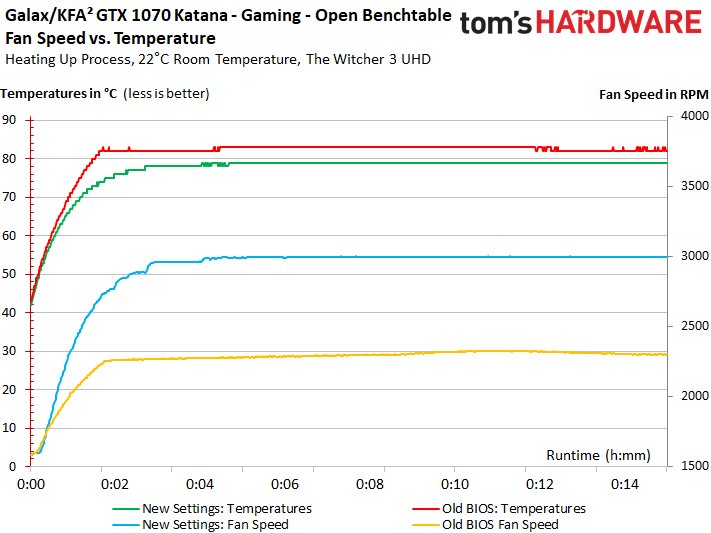
The new settings (blue curve) provide a slightly finer control of the speeds, because the speeds after reaching the 90°C power amplifier with the original settings (yellow curve) are even significantly and above all constantly higher.
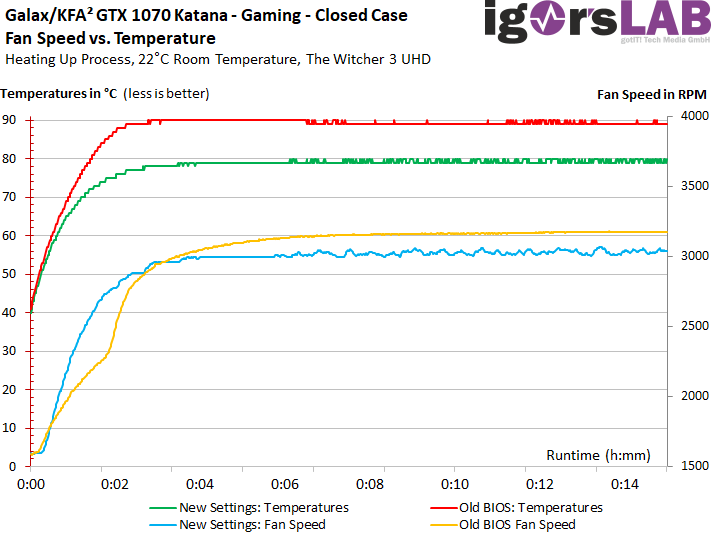
Noise emission ("volume") and sound characteristics
This time we have to start with the idle and the idle speeds defined in the BIOS. 43% is simply too much, especially since the fan lays out a relatively low frequency base carpet. The snarling engine noises are clearly audible, especially since they can also be transmitted to the housing via the fixed-screw card. An external fan control then sees the setup with a little less than 34 dB(A) in the advantage, if one were to set 30% as the minimum lower limit when idle.
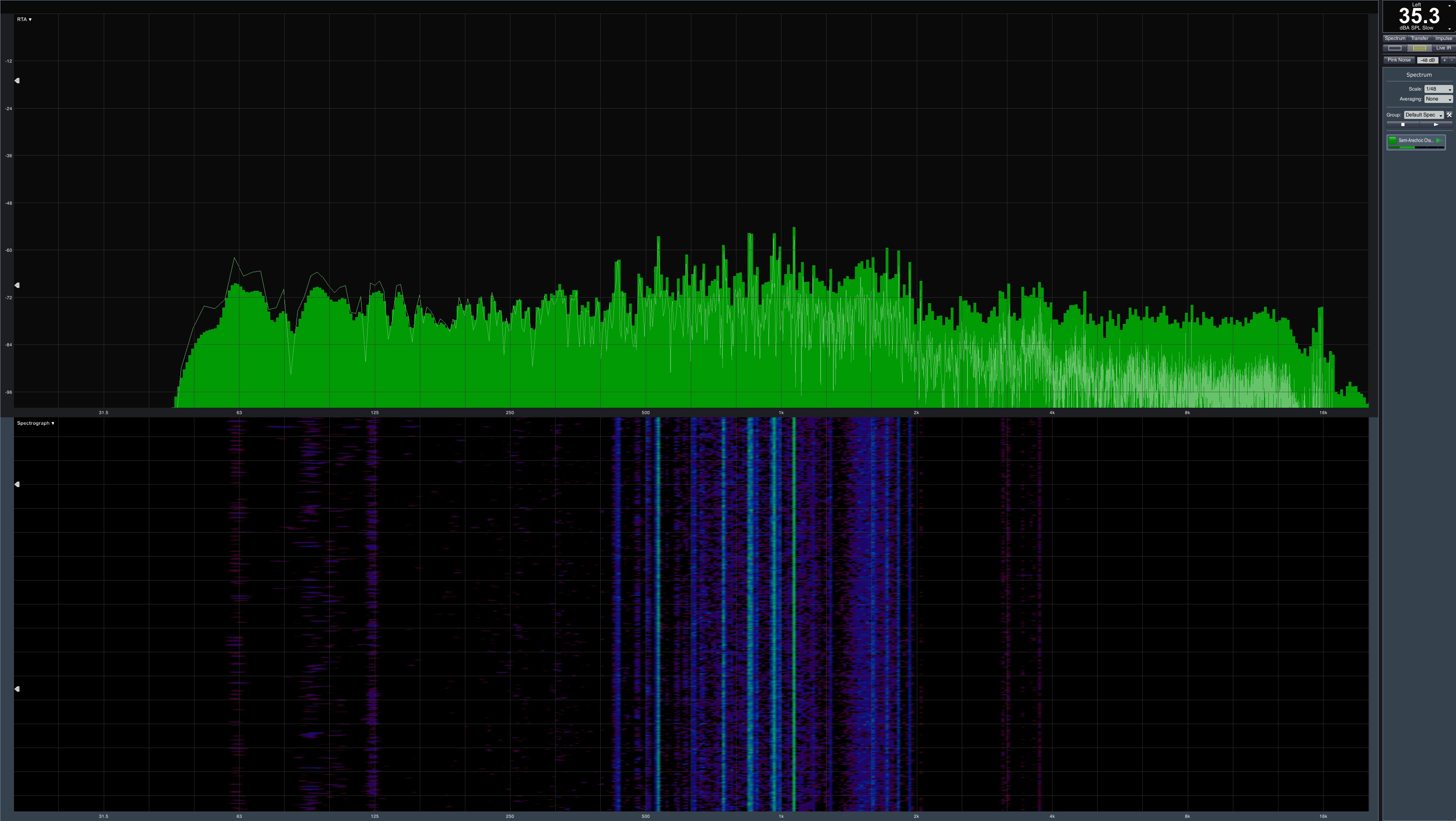
Let's start by looking at the Worst Case! With the original BIOS, the map, whether with Witcher 3 or Furmark, easily reaches the 90°C mark, which you can hear very clearly. Just under 53 dB(A) are an acoustic torment and nothing for delicately stringed desk stools.
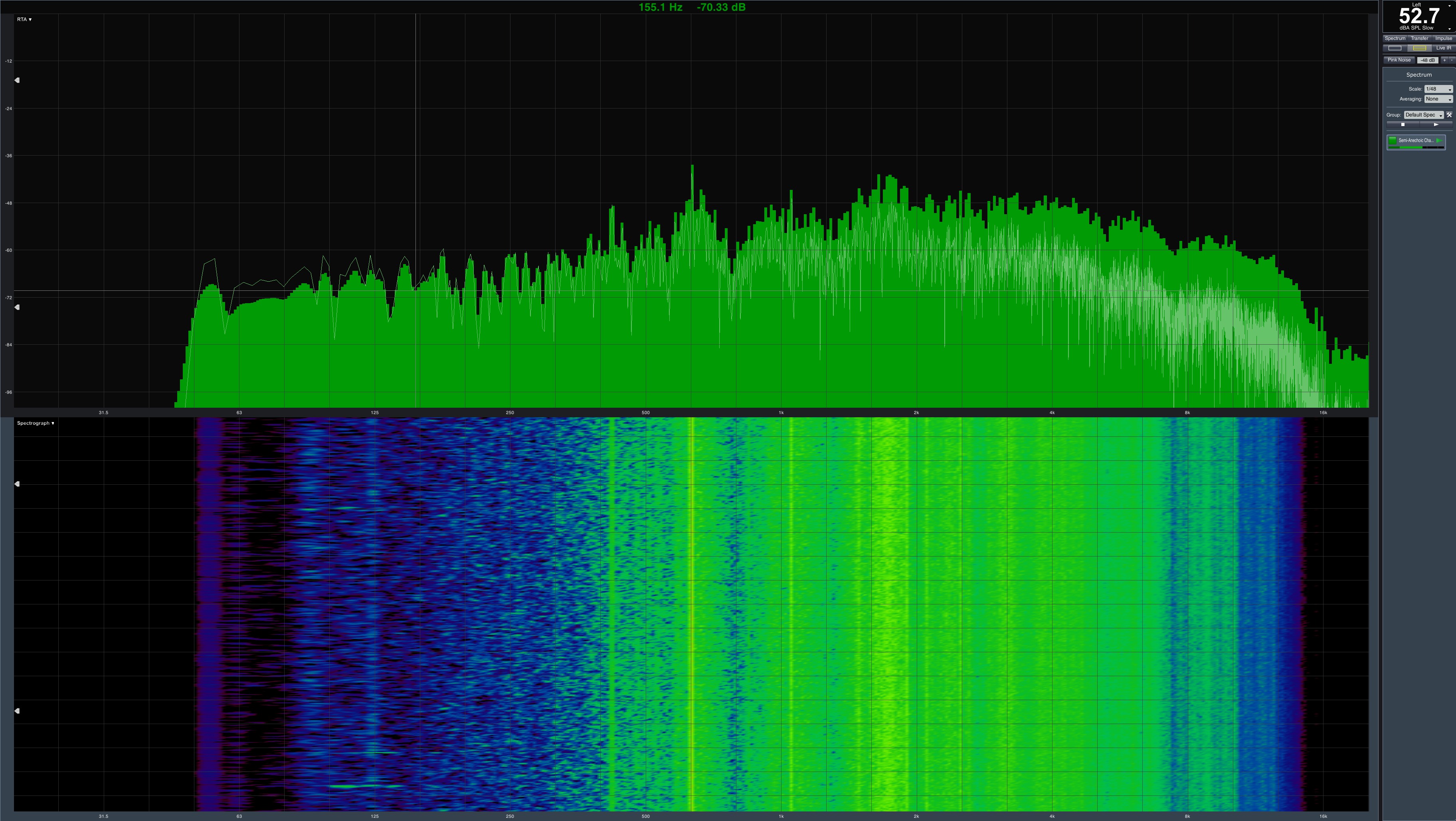
Reason enough, therefore, to improve the fan curve a little. With slightly lower speeds and a lower Power Target, the 50 dB(A) mark can also be easily reached under full load. slightly below. But then at least 10°C less and finally also well below the thermal load limit.
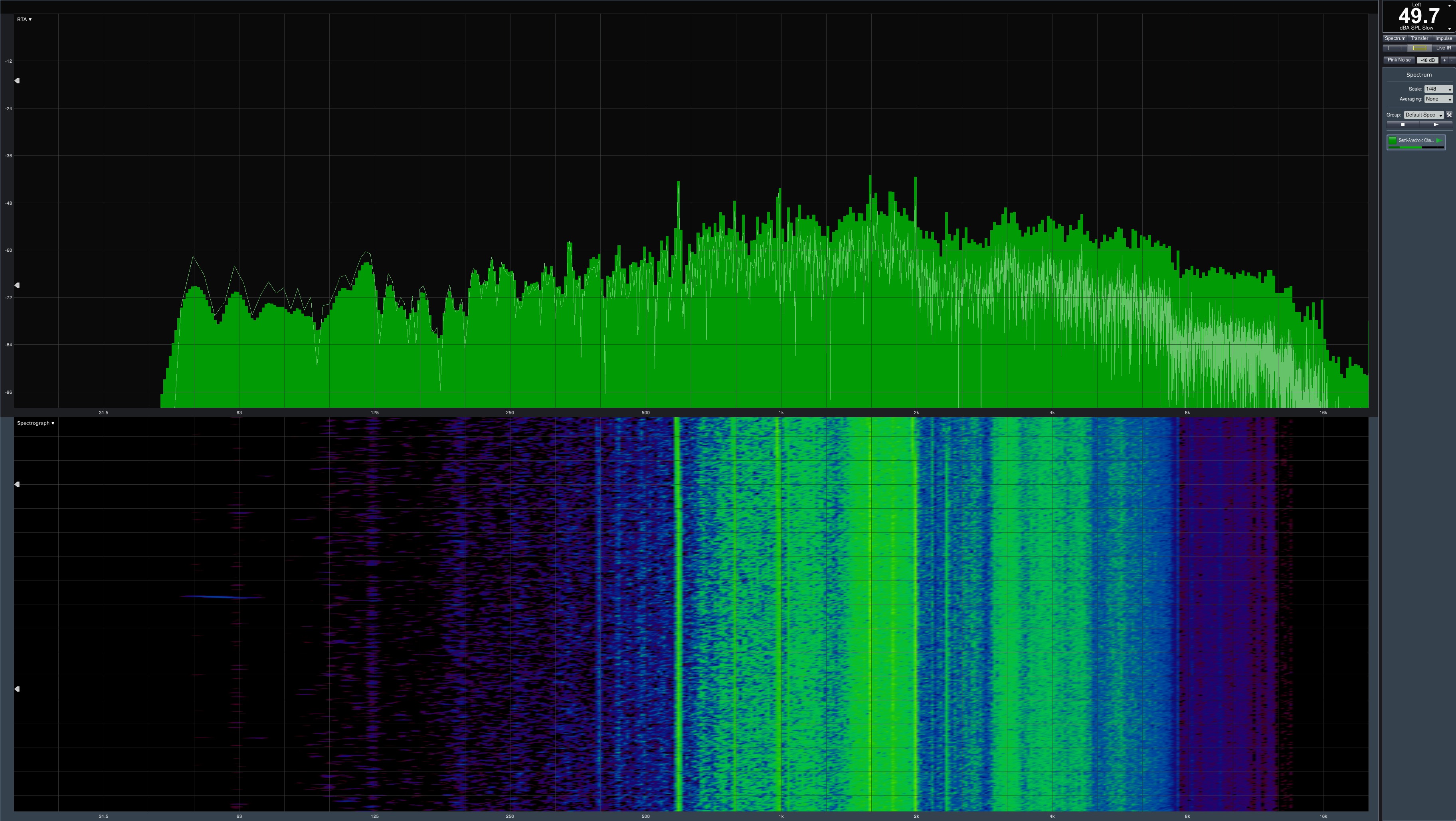
Even the stress test over a longer period of time is handled with flying colours and it hardly gets louder. If you need a flat man, you will have to and can live with this bomb, because you have to respect the natural set.
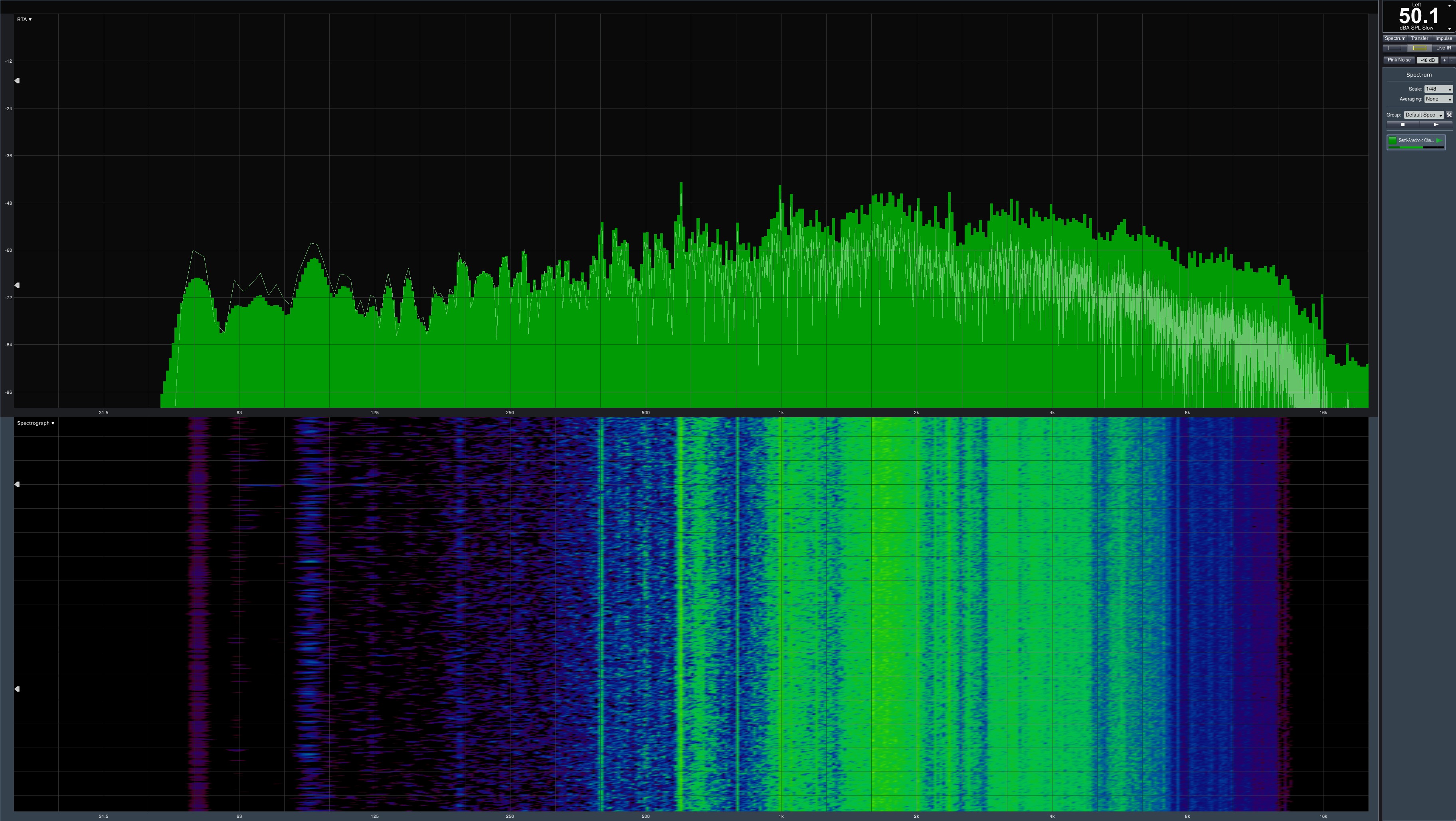
From this point of view, the Katana is a clean solution, because you will probably never expect an acoustic quiet pedal in this waste heat category. Let's just call it an insight into the physical conditions.


































Kommentieren